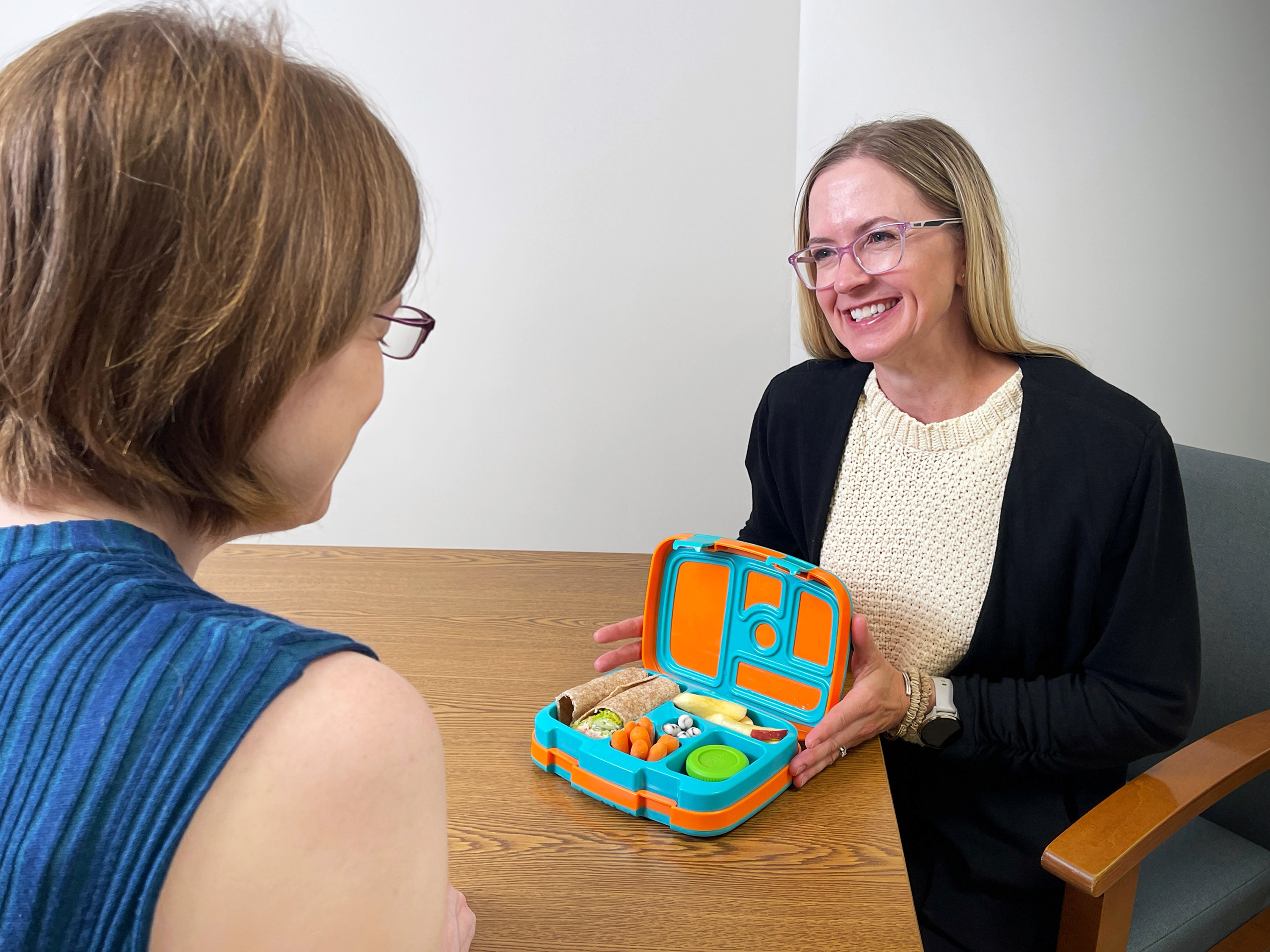A Simple Formula to Build Balanced Meals for Kids
9/3/2025

Tammy Licari, Aspirus Registered Dietitian
Every parent knows
that well-balanced meals are incredibly important for their children. However,
in the middle back-to-school busyness, keeping healthy meals at the top of the
priority list can feel overwhelming.
The good news is
that eating well doesn’t have to be complicated.
“A general
understanding of what makes a meal well-balanced goes a long way,” said Tammy
Licari, RDN, LD, CDCES, Registered Dietitian at Aspirus Health. “There are
three key building blocks to think about: carbohydrates, protein, and fat.
These are known as macronutrients, and you should aim for each meal to contain
all three.”
Carbohydrates are
best when they come from fiber-rich foods like whole grains, fruits, vegetables
and legumes. These provide steady energy instead of quick spikes and crashes.
They also support healthy digestion.
Healthy fats include
foods like nut butters, nuts, seeds, and avocado. These support brain
development, hormone balance, and help the body absorb vitamins. Natural
sources are better than processed or fried foods since they provide extra
nutrients like fiber, vitamins, and minerals.
Good protein options
are white fish, lean meats like chicken, turkey, and venison, as well as
plant-based sources like tofu or tempeh. Protein is essential for building
strong muscles, repairing tissues, and supporting a healthy immune system.
Choosing a mix of animal and plant-based proteins provides a wide range of
nutrients, from iron and zinc in meats to fiber and antioxidants in plant
sources.
“Some of these foods
overlap, too,” explained Licari. “For example, beans and legumes provide both
carbs and protein, while salmon or dairy products contain both fats and
protein. These overlapping foods are especially valuable because they give kids
multiple nutrients in one bite.”
To know how much of
each macronutrient to include, using the MyPlate Guidelines
from the USDA can be very helpful. These guidelines recommend filling half
the plate with vegetables or fruit. Then, add protein to a quarter of the plate
and fill the other quarter with whole grains. Finally, add a small amount of
healthy fats to create a balanced meal with all three essential macronutrients.
If you’re concerned
about your child’s nutrition, Licari recommends consulting their doctor or a
registered dietitian. “Good nutrition affects how kids learn, grow, and feel
every day,” she said. “Persistent constipation, low energy, pale skin, or
changes in behavior should not be ignored.”
It’s also important
to remember that parents don’t have to be perfect to make a difference. Small
changes, like choosing whole-grain bread, adding fruit, or swapping chips for
yogurt, add up.
“Healthy eating is
about progress, not perfection,” said Licari. “Building these habits now helps
kids do their best at school and beyond.”
For more tips on
building healthy habits for kids, or if you’re concerned about your child’s
nutrition, start by talking with your child’s doctor.

Back to all Posts